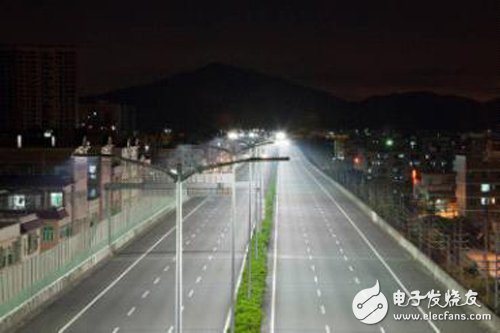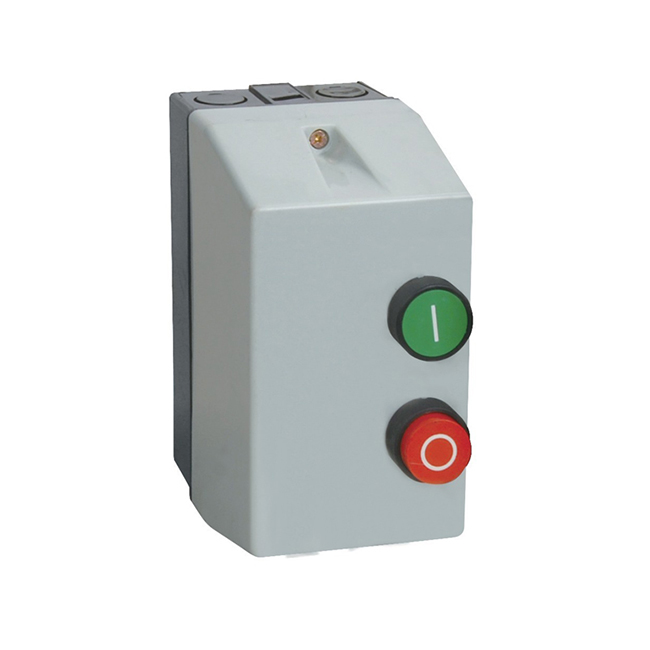For the determination of early failure reliability of LED street light products, at present, we can only rely on strict control of the products we enter. According to statistics published by the United States, about 30% of the products with technical certification received can reach the candidate index. Among the candidate products, only 1/3 can be truly adopted to enter the actual trial evaluation, which is less than 10% of the products can be accepted to participate in the trial. Only 2% of the selected products passed the test.

In some cities, due to unfamiliarity with the incoming products, and strict inspection and inspection of procurement, the 2,000 street lamps that were trial-installed were all dismantled after a few early failures were found in bad weather, and all 25,000 products that were not installed were returned to the supplier. The case was published on the alliance network, which attracted the attention of suppliers and cities, and promoted the improvement of LED road promotion in the future.
China does not yet have a public platform that reflects the quality of the project to prevent inferior products from entering the market and to avoid repeated errors.
Discussion of color temperature and color rendering
The question of what color temperature is adopted for LED street lights and road lighting is still under discussion. Judging from the experience of using urban streets in the United States, starting from the prosperity of urban areas and street public safety, white light with a high color rendering index is preferred. It helps to identify various targets and facilitate crowd activities.
However, color temperatures above 5000K cannot be accepted. Traditional pure residential areas and suburban roads tend to have a lower color temperature and feel more peaceful and warm. Warm colors are recommended for suburban trunk roads with high vehicle speeds. The initial trial installation of LED street lights has a relatively high color temperature, and the possibility of lowering the color temperature is currently being explored. The approximate range is between 3500-5000K.
Due to the one-sided emphasis on the light efficiency of the lamps, many of the early LED street lamps installed in our country use high color temperature and low color rendering, which is difficult for the public to accept. It is currently returning to a low color temperature. Two cities, New York and Shanghai, call for a suitable color temperature at night at around 3500K.
LED street light decay
One of the biggest uncertain factors in the return of LED road lighting is the determination of the reliability of the light attenuation life of lamps. Light attenuation is a parameter that needs to be validated over time, and it is unrealistic to carry out long-term follow-up inspection on the actual lamps used. However, due to this difficulty, giving up or relaxing the requirements for product decay will cause a large number of cheap and inferior lamps to be accepted by the project and mixed into the project under construction, resulting in the eventual failure of the project.
The control method of the light effect and decay of lamps in the United States is to only accept the selected street lamp products with LM-80 and LM-79 qualified LED components. It is actually proved that the products with certified components are used, and the light attenuation is acceptable for at least 7 years. The Liaoning Avenue rebuilt after the disaster in Mianyang, China, uses high-quality LED road lighting, and the measured light attenuation in two years is 5.5%, which is equivalent to the current level in the United States and higher than the domestic average. The strict requirements of LED road lighting will prompt domestic LED components to pay more attention to the product's light decay index.
Requirements for uniformity of LED road lighting
Public lighting in the United States generally emphasizes uniformity only in square lighting. Ordinary road lighting puts more emphasis on the prompting performance of lighting, emphasizes on key lighting, and does not pursue a high degree of uniformity of road lighting. The pitch-to-height ratio of urban street lamps is generally larger than that of China, which is generally more than 3; in residential areas in non-commercial areas, the pavement illumination is low, and it is not uncommon for the pitch-to-height ratio to be much larger than 3. However, at intersections or places where residents go in and out, enhanced lighting is provided to achieve the dual effect of lighting and warning.
The latest special research shows that the lighting of the roads is more in line with the natural habits of humans at night, and it can improve the alertness of vision. The uniform lighting environment is prone to visual fatigue, reducing the ability to alert and recognize the target, which is not conducive to driving safety. And artificially constructing excessive uniform road lighting not only has high technical difficulty, high cost, low lighting efficiency, but also increases glare. Definitely the option outweighs the loss.
The current status of LED lighting projects in China, because the uniformity index of pavement illuminance is easy to detect, the project acceptance is convenient, and the perception is obvious, the media publicity effect is good, so uniformity is often overemphasized in the design of LED lighting projects in China. Most demonstration projects exceed the prescribed standards in terms of uniformity and are regarded as the most prominent indicator. For this reason, the use of ultra-low distance-to-height ratio greatly increases construction and operating costs. But this newly-built flashy and bright project is not enough to become a model for the promotion and application of LED road lighting, and eventually become a negative teaching material.
New understanding of LED glare
The most criticized indicator of LED road lighting applications is the string light generated by new lamps. Many LED lighting designs with threshold increments that meet TI's standards still make people feel obvious discomfort or even close to disability glare.
This is because unlike traditional lamps that use large-area reflectors, LED lamps use direct projection. The luminous light source has a small apparent area, and the surface brightness of tens of thousands of cd per square meter exceeds that of ordinary lamps by hundreds of times. The high resolution of the naked eye allows the LED light source to generate strong stimulation directly on the local omental cells rather than just covered by the light curtain. The threshold increment standard TI set based on the light curtain theory and the spatially low-resolution measurement method cannot distinguish this visual difference at all.
For this high-brightness light source, it is currently recognized that it can only be solved by the light interception method, and cannot be judged by the traditional threshold increment TI index. But in theory, any method of string light control must be at the expense of efficiency. This is a challenge to the future LED road lighting technology.
Magnetic Starter is mainly applied to circuit of AC 50 or 60Hz,voltage up to 550V for far distance making and breaking circuit and frequent start and control motor. It has the features of small volume, light, weight, low power consumption, high efficiency, safe and reliable perfomance etc.
The types of Magnetic Starters are as following:
LC1-D Magnetic Starter
NEW Type Magnetic Starter
BLS-MB Magnetic Starter
Star-Delta Starter

Magnetic Starters
Magnetic Starter,Magnetic Motor Starter,3 Phase Motor Starter,3 Phase Magnetic Starter
Ningbo Bond Industrial Electric Co., Ltd. , https://www.bondelectro.com
